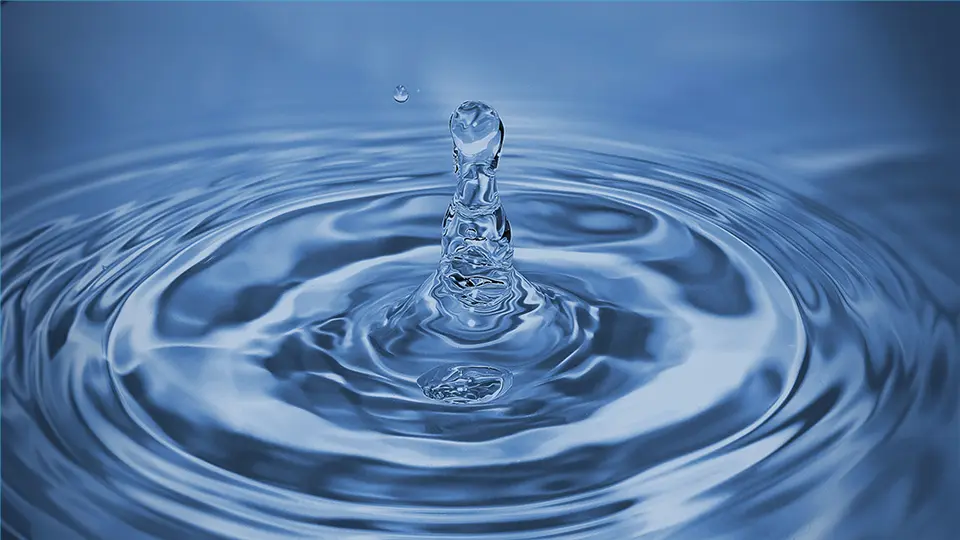As people’s time on Earth draws close, attention has switched from conventional to greener funeral approaches. Water Cremation, also referred to as resomation or alkaline hydrolysis, presents a contemporary substitute for conventional cremation and has gained acceptance in various countries, particularly Canada, South Africa, and select states in the United States.
The potential of this approach to tackle environmental concerns, particularly in terms of substantial reduction in greenhouse gas emissions and providing a compassionate structure for end-of-life rituals, has garnered considerable interest. This post will look into the resomation process, the history, examine its environmental benefits, water recycling, its cost, and explore its reception in diverse cultures and communities.
Key takeaways
- Water cremation is regarded as a greener method of cremation
- Although not a common service it dates back to 1888 and was patented by Englishman Amos Herbert
- Co-op funeral care are the first UK funeral director to offer water cremation, depending on where you live.
- Desmond Tutu was cremated with water cremation.
Table of contents
How does a water cremation work?
Resomation or Aquamation are basically the same process with different brand names, although the Aquamation process takes longer. Both processes are commonly called water cremation which provides a distinctive and eco-conscious method for managing human remains.
Water cremation is also referred to as:
- Flameless cremation
- Green cremation
- Liquid cremation
- Hydro cremation
- Bio cremation
The procedure starts by pressuring a container with the body inside and adding water and a powerful alkaline solution such as potassium hydroxide solution. The pressurisation stops the boiling of the liquid within the vessel, it is necessary to apply elevated pressure and maintain a temperature of approximately 160°C. The alkaline hydrolysis procedure is initiated through heat, water, and a chemical component combination.
If the video does not play on your device then please play on another.
How long does water cremation take?
The body decomposes within three to four hours, breaking into a fluid of chemical constituents. This fluid is sterile and is simply flushed into the wastewater system. However the process can take longer up to 18-20 hours if performed at a lower heat of 100°C. As a comparison, traditional cremation by flame is quicker at around two hours or so, but of course releases more pollution and uses more energy to heat the cremator to around 950°C. Unlike traditional flame cremation the body is wrapped in a biodegradable bag, and not a coffin. A coffin would not break down in the water cremation process.
Water cremation yields a liquid with a greenish-brown hue comprising amino acids, peptides, sugars, and salts. Alongside the liquid, the process also yields soft, porous white bone remains, primarily composed of calcium phosphate. The remaining bones can be crushed into a fine powder normally with the aid of a device known as a cremulator. Like traditional cremation practices, the pulverised remains can be carefully deposited into an urn and returned to the bereaved family members.
How long has resomation been around?
The process dates back to the 1800’s and was patented by Englishman Amos Herbert Hobson in 1888. He patented this as a way to process animal carcasses into plant food. Water cremation became popular as an effective way of disposing of many animal bodies during the mad cow outbreak (BSE) in the 1990’s.
In 2005 an American company Bio Response designed and built the first single cadaver alkaline hydrolysis unit. Shortly after in 2007 a Scottish biochemist started a company manufacturing the machines, which are exported around the world. He named the company Resomation Ltd. At present this is the only English company to be manufacturing these machines. Resomation is also used for other animals such as pets.
Potassium Hydroxide in the resomation process
In this procedure, Potassium Hydroxide assumes a crucial function as a catalyst, expediting the hydrolysis reaction. Hydrolysis is a chemical phenomenon characterised by the cleavage of molecules through water molecule incorporation. Within the realm of water cremation, the hydrolysis of proteins, fats, and other organic compounds within the body is enhanced by the alkaline characteristics of Potassium Hydroxide.
Environmental advantages

According to Resomation Ltd, only around 20% of the normal energy used in a traditional flame cremation is required for a water cremation. Therefore one of the key environmental advantages of resomation is its reduced carbon footprint. Conventional cremation techniques entail the combustion of fossil fuels, such as natural gas, leading to substantial emissions of CO2 into space. In contrast, resomation utilises a process of alkaline hydrolysis that requires less energy and generates fewer emissions. Individuals can contribute to reduce climate change by choosing resomation over traditional cremation and minimising CO2 emissions.
Furthermore, resomation offers a more energy-efficient alternative. The alkaline hydrolysis process employed in resomation has a lower energy consumption than the high-temperature incineration method used in conventional cremation. As resomation aligns with the principles of compact development, it contributes to energy conservation and reducing greenhouse gas emissions.
There is no soil disturbance with water cremation as there is no buried coffin, and possible pollution from non eco friendly coffins such as those made from chipboard, with metal or plastic handles
According to Resomation Ltd significant levels of mercury from dental amalgam is released from traditional flame cremation. This mercury finds its way into water and plant life, fish then get contaminated with mercury from eating plants etc containing mercury, and of course humans then eat the fish. Water resomation does not produce air borne particles and the solid amalgam is collected and safely disposed of.
Water cremation obviously has to use water. However, the aqueous by-product resulting from the resomation procedure, comprising amino acids, peptides, and sugars, can be disposed of into the waste water system as they are sterile. In other words the water used in the first instance is being recycled in the waste system.
Resomation also addresses the concerns associated with land use. Traditional burial practices often require land for graveyards and cemeteries, leading to deforestation and habitat destruction. In contrast, resomation eliminates the need for land usage beyond the facility itself. Individuals can contribute to preserving green spaces and ecologically valuable land by choosing resomation, reducing the pressure to build on undeveloped areas.
Cost comparison

Considering alternative methods like resomation, cost, and accessibility are important factors. Compared to traditional cremation, the cost of resomation is anticipated to be similar at around £1000 for a direct cremation. Therefore, individuals considering resomation as an alternative to traditional flame cremation can expect minimal differences in terms of expenses.
Who offers water cremation?
Co-op Funeral Services, offers resomation which started later in 2023. Resomation will initially be offered in select locations in the UK, although the specific locations have not been announced yet. Co-op Funeral Services, the first funeral provider to offer resomation in the UK, plans to pilot the service in a few places before expanding it nationwide. The intention to expand resomation across the UK demonstrates a commitment to making this alternative method more accessible to a wider population.
Population increases and resomation
The funeral industry faces burial challenges due to limited land availability for burials and the increasing demands of a growing population. For normal flame cremation or water cremation both offer a potential solution to these challenges by providing a more efficient and in the case of water cremation a more environmentally friendly approach. By adopting resomation, the funeral industry can both effectively address capacity limitations while aligning with carbon reduction targets and accommodating the needs of an increasing society.
Water cremation – Archbishop Desmond Tutu’s choice
Archbishop Desmond Tutu’s decision to choose resomation for his funeral arrangements in South Africa served as a significant endorsement of this alternative method. The influential anti-apartheid campaigner’s choice highlights the growing acceptance and awareness of resomation as a dignified and eco-friendly option for end-of-life practices.
Public perception and cultural considerations

Public perception and acceptance play a significant role in adopting new funerary practices like resomation. As this method becomes more widely available in the UK, raising awareness about its benefits and addressing any misconceptions or concerns is essential. Educating the public about resomation’s environmental advantages and emotional benefits can foster greater acceptance and pave the way for a more sustainable approach to end-of-life ceremonies.
However, some people and /or religions do not favour water cremation as the main body apart from the skeleton is disposed of into the waste sewer system, which is seen as disrespectful to the deceased.
Conclusion
At present water cremation is around the same price as flame cremation, so financially there is not a real financial advantage between this and low-cost direct cremation. However, it emerges as a promising alternative to traditional cremation practices, offering a sustainable and environmentally friendly solution for end-of-life arrangements. With lower greenhouse gas emissions, reduced energy consumption, and responsible water management, resomation is a forward-looking choice addressing current environmental challenges.
The choice of resomation by prominent figures like Archbishop Desmond Tutu further bolsters its significance and encourages wider acceptance within diverse communities. As resomation gains momentum, it offers a modern and greener approach to end-of-life practices, hopefully leading towards a more sustainable future.




